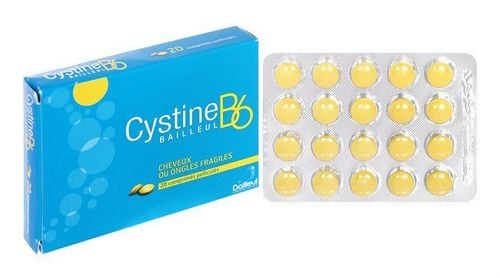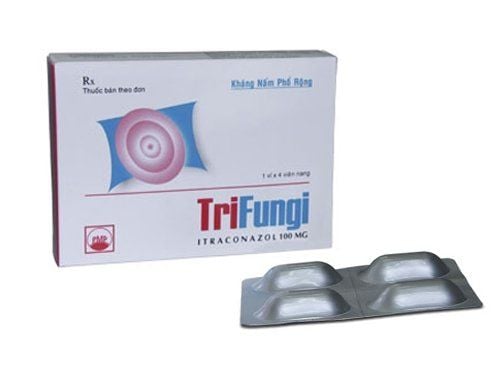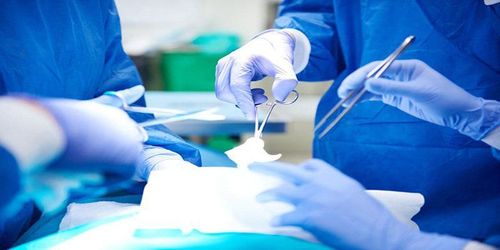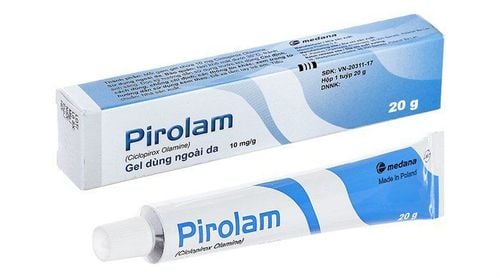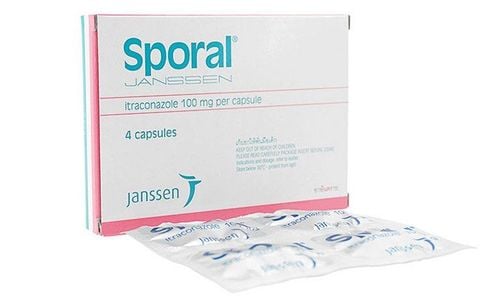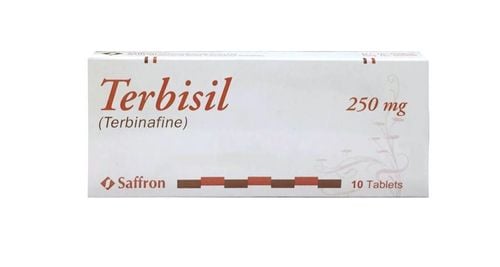This is an automatically translated article.
Nail puncture is a tear of soft tissue in the lateral hoof due to the anterior angle of the lateral margin of the nail plate, causing swelling, pain, and infection. Nowadays, nail surgery is no longer difficult. However, it requires the surgeon to have a good imagination and skill, otherwise it can lead to new disabilities or diseases.
1. What is a fleshy claw?
Nail puncture is a tear of the soft tissue in the lateral hoof due to the anterior angle of the lateral margin of the nail plate, causing the nail to swell, become painful, and cause infection in the lateral nail. When the patient wears shoes, the symptoms of ingrown toenail will tend to worsen, especially the infection and the lateral margin of the nail plate continuously developing soft at the lateral nail.
Ingrown toenails usually occur on the toes, most commonly the big toe, rarely on the fingers. A fleshy toenail is not dangerous to the patient, but it can make walking difficult, especially in patients who need to wear shoes.
2. Causes of nail poking
The causes of ingrown toenails are improper trimming of the nails and tight shoes:Toenails and nails are not trimmed properly: software organizations will replace and compress the place of the nail plate. clipped, if the nail is trimmed too deeply into the lateral margin of the toenail plate. At this time, the nail plate grows straight outward through the soft tissue that causes the nail to poke. Wearing tight shoes: The toe of the shoe pushes the lateral nail to the side of the nail plate if you wear tight shoes such as high heels,... the nail plate grows through the lateral nail, causing the nail to puncture.
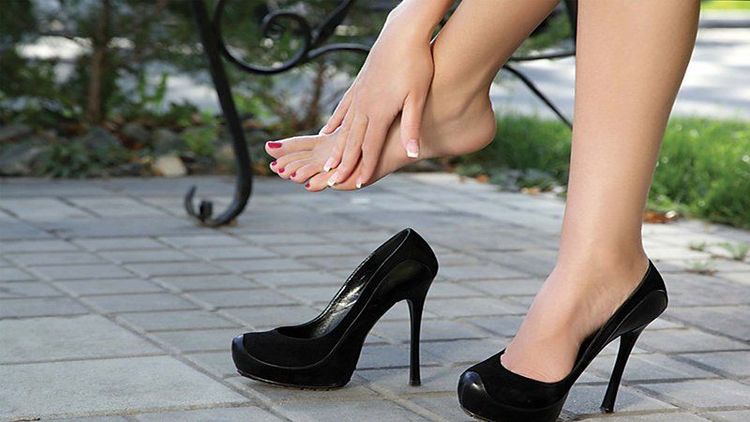
Thường xuyên đi giày cao gót quá chật cũng có thể gây ra bệnh móng chọc thịt
In addition, nail puncture can also be caused by other causes. The pathological condition of the fingernail can lead to abnormal changes of the nail plate such as: onychomycosis, dystrophy,... thickening and widening of the toe can promote the nail plate to penetrate the lateral nail. Ingrown toenails can occur in pregnant women because the soft part of the lateral nail grows into the nail plate. The development plate will poke at the software organizations in the lateral nail.
3. Symptoms of claws
Clinical manifestations of nail puncture go through 3 stages.
Stage I: Mild inflammatory symptoms, the earliest signs are pain, mild swelling and associated areas with increased sweating. If the phenomenon of the nail plate causing trauma to the epithelium of the lateral nail bed occurs consecutively, it will cause lateral nail edema, due to the pressure between the nail plate and the toe bone leading to the edema worsening. The degree of swelling and redness depends on the duration of the lesion. Stage II: Increased sweating, tenderness, and proliferation of granulomatous tissue in the lateral nail bed through new tissue destruction or ulceration and covering the nail plate, edematous and exudative edema of the lateral nail bed. Gram-positive bacteria colonize the site causing the stench. Stage III: Includes severe inflammatory symptoms such as pain, increased sweating and proliferation of seed tissue with stage II. However, in terms of difference, the granular organization covering the nail plate makes it impossible for the nail plate to rise from the nail groove
4. Nail poking surgery
There are many treatments for ingrown toenails depending on the stage of the disease. In stages I and II, only conservative treatment is needed and the patient should not wear shoes that are too tight. When the disease progresses to stage III, it is necessary to surgically remove part of the nail plate along with the corresponding nail base.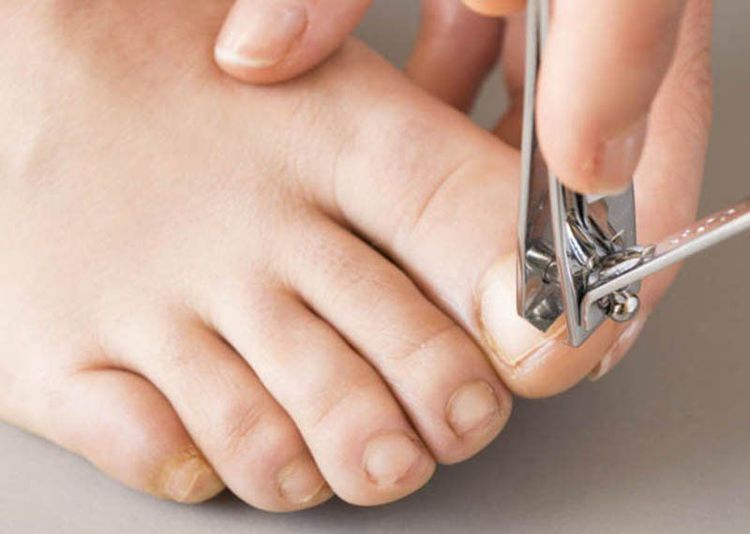
Trường hợp nhẹ người bệnh chỉ cần tự điều trị và tránh đi giày quá chật
4.1 Preparation before surgery The doctor needs to take a medical history including: collagen vascular disease, peripheral vascular disease, diabetes, blood clotting disorder, or are taking drugs such as anticoagulants, drug allergies, ...
In addition, it is necessary to take X-rays to determine the extent of the neoplasm's spread into the bone. Especially for hyperpigmented, neoplastic, and often dangerous lesions with permanent nail dystrophy, preoperative imaging is required.
4.2 The procedure of performing nail puncture surgery Local anesthesia: Can numb the circle around the finger or directly numb the damaged area with the corresponding nail angle Remove necrotic tissue, pus and edematous granulomas , sponge. Cut off part of the nail plate and create a new edge. Kill the nail germ by electrocautery or phenol to prevent the nail plate from growing back Cut off the nail plate with the corresponding nail germ in one operation Sew the incision, apply antibiotic ointment on the bandage, incision. In summary, nail puncture is a tear of the soft tissue in the lateral hoof due to the anterior angle of the lateral margin of the nail plate, causing the nail to swell, become painful, and cause infection. If the inflammation of the nail is severe, a nail puncture is required. After surgery, the patient's vital signs should be monitored. If you see signs of bleeding or headache, nausea, vomiting, you should immediately notify the medical staff for timely treatment.
To register for examination and treatment at Vinmec International General Hospital, you can contact Vinmec Health System nationwide, or register online HERE
SEE MORE
Learn nail psoriasis Hand What is a thyroid cyst? Toenail fungus: Causes, symptoms, diagnosis and treatment




